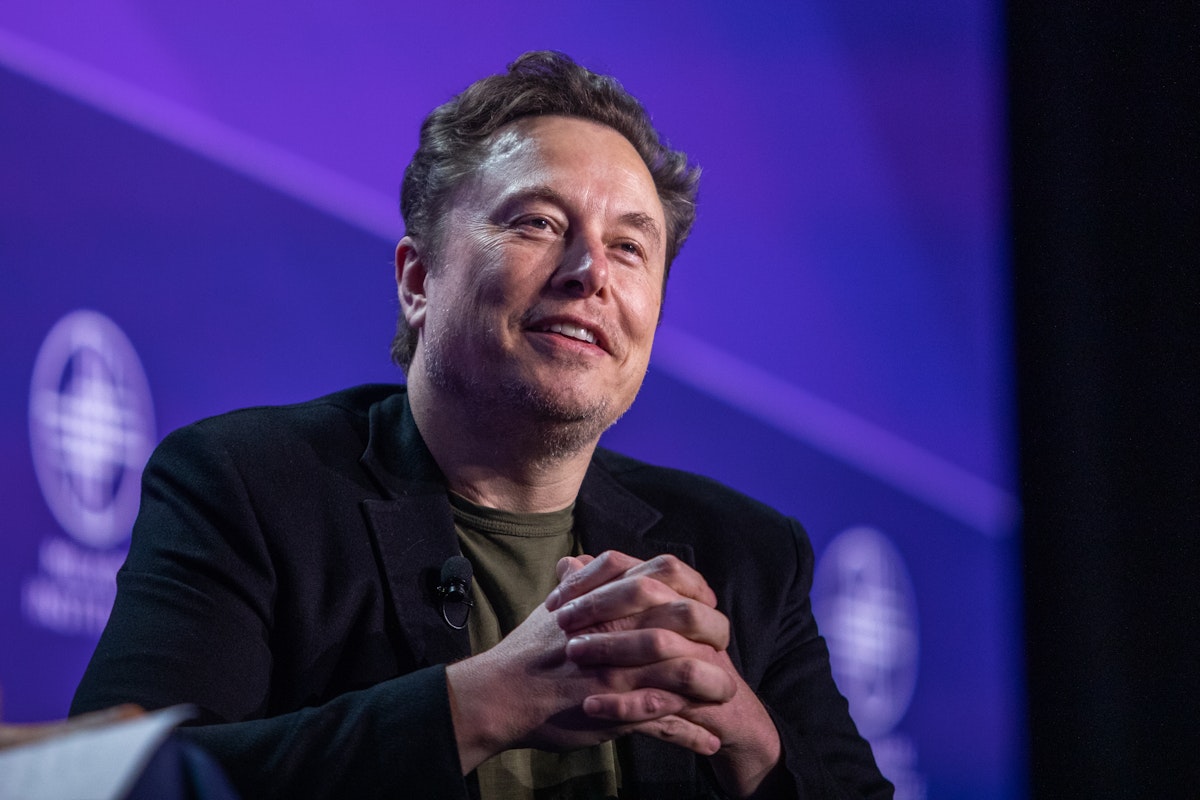

No no no, you’ve got it backwards. It’s .ml users who’d get mad at you for comparing China and the US. “It’s a false equivalency!”
Like I had happen to me just the other day when I compared the US regime’s invasion to the invasion of Ukraine and the lack of any real response from world leaders.




Everybody and their mother will have recommendations on their favorite flavor of Linux, but as somebody else about to make the switch with similar priorities as you, I’d suggest also taking a look at Bazzite. It’s built on the same distro as the SteamOS and comes in at least two flavors for what your use case is. One of its selling points is that it’s an “immutable” version of Linux, which means that it’s a lot harder to accidentally break it as a new user.